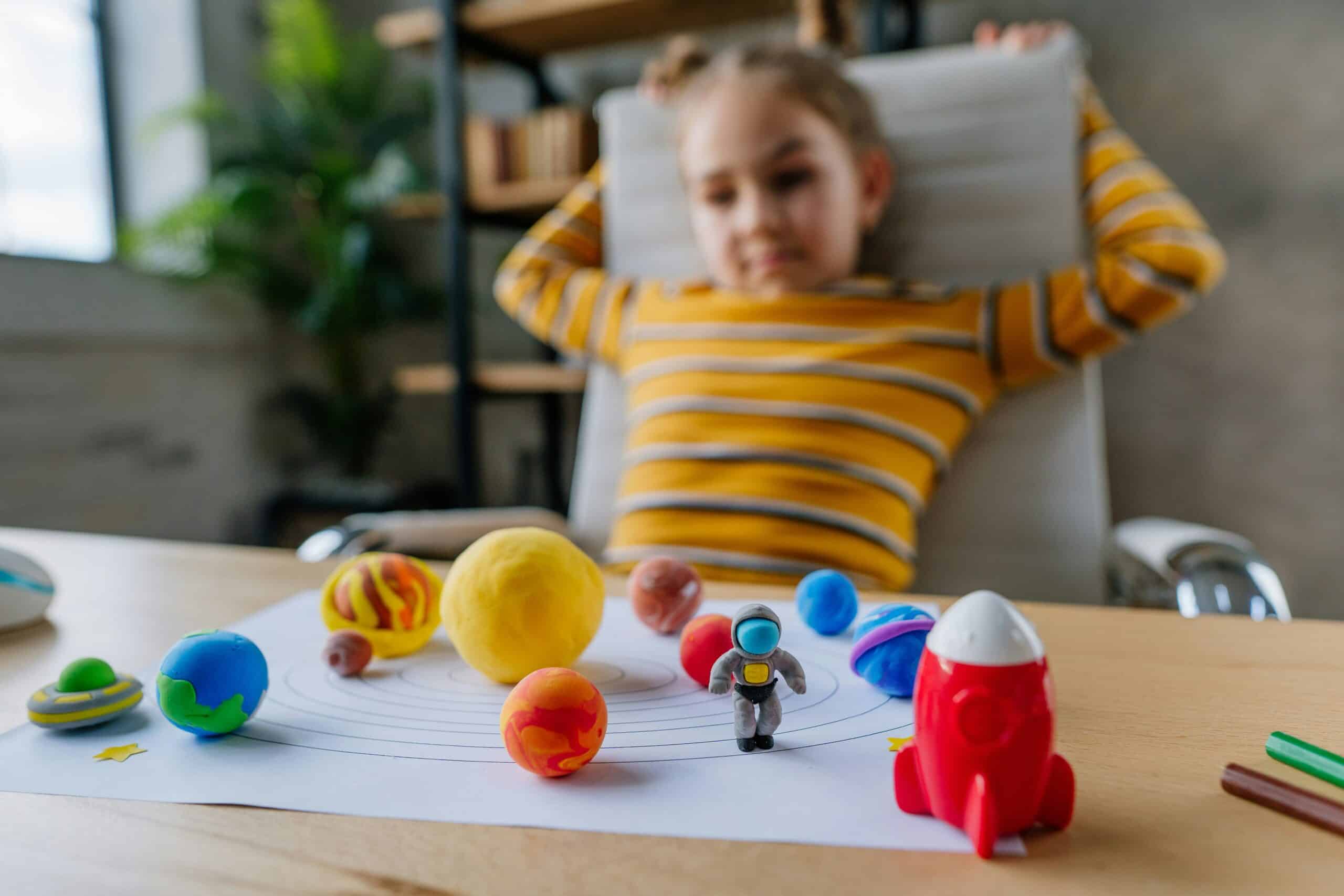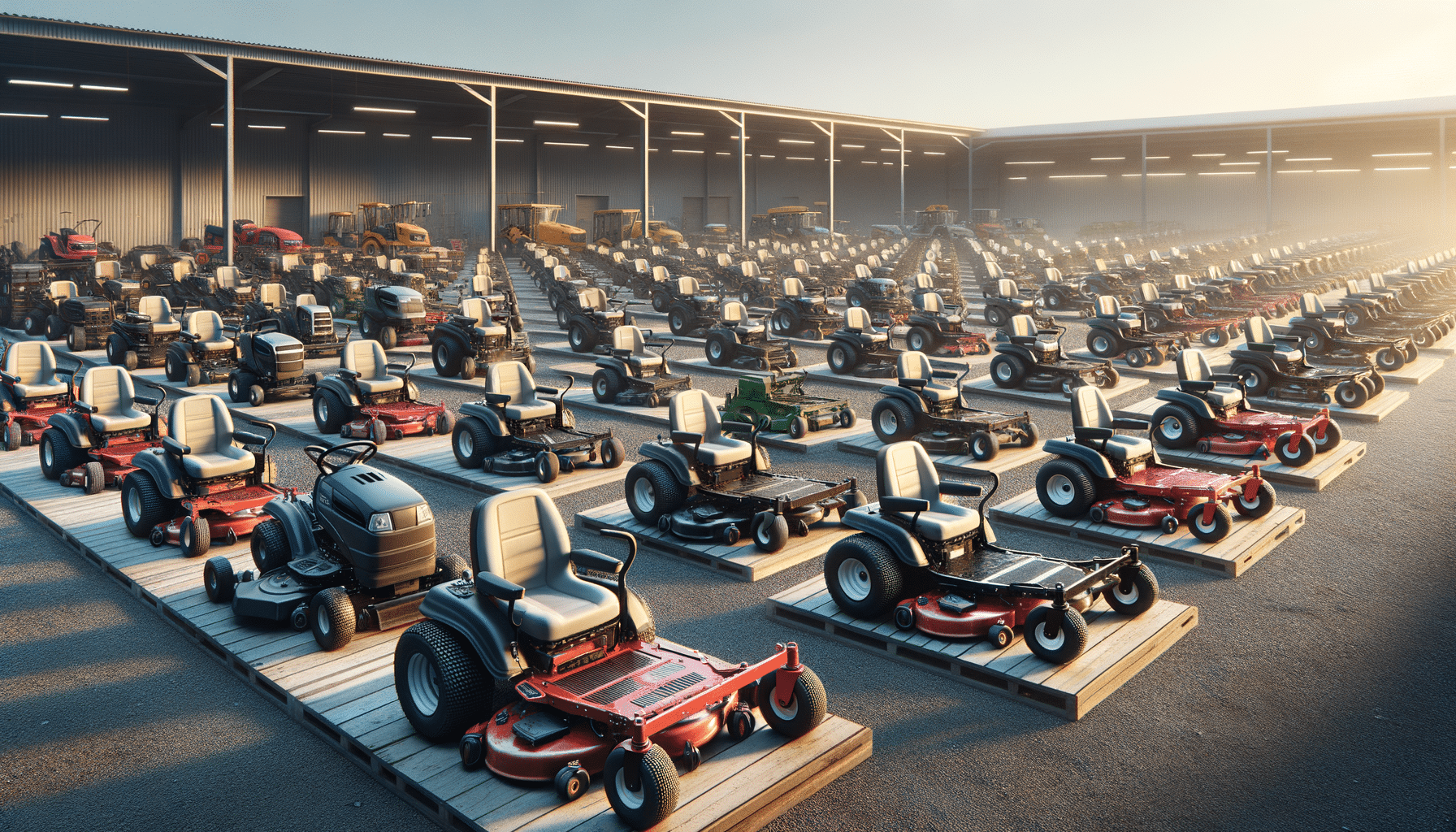
Hands-on STEM projects to boost learning
1. Create a Homemade Volcano
A timeless favorite, creating a baking soda volcano is an educational activity that teaches chemical reactions and familiarizes kids with the fundamentals of chemistry.
Materials Needed:
- Baking soda
- Vinegar
- Food coloring
- Plastic bottle
- Modeling clay or papier-mâché
How to Do It:
Create a “volcano” by positioning the bottle under a layer of clay or papier-mâché.
Fill the bottle with baking soda and a few drops of food coloring.
Slowly add vinegar and watch the eruption!
What They Learn: What acids and bases do when they meet to form carbon dioxide gas (the delicious fizz that they get to savor).
2. Marble Roller Coaster Challenge
This fun engineering challenge is perfect for making and constructing kids’ own roller coasters while learning things like gravity, momentum, and friction.
Supplies Needed:
- Cardboard tubes or pipe insulation
- Tape
- Marbles
How to Do It
Using half-cut insulation or cardboard tubes, have them create pieces of track of varying slopes and lengths. Have them tape them together to create a roller coaster.
Have them modify the curves and elevation so that the marble will travel through the track.
What They Learn: Simple principles of physics including momentum, friction, and energy conservation.
3. Grow Your Own Crystals
Make your kitchen a lab and grow colored salt crystals on string or pipe cleaners.
Materials Needed:
- Epsom salt, borax, or sugar
- Hot water
- Food coloring
- Glass jar
- String or pipe cleaner
Step-by-Step Instructions:
To form crystals, start by filling hot water with lots of Epsom salt (or whatever you prefer) until it is dissolved. Add a splash of colour for a stunning effect. Then, wrap a pipe cleaner around a piece of string and drop it into the water. Let it sit for a couple of hours, and observe crystals grow with time!
What They Learn: Molecular structures, states of matter, and crystal formation.
Making STEM Part of Everyday Adventures
Special projects are wonderful, but you can integrate STEM learning into your routine. Here’s how:
- Baking Together – Practice fractions when measuring ingredients or chemistry behind reactions (such as how yeast causes dough to rise!).
- Nature Walks – Have kids pick plants, insects, or rocks. Subsequent activities may be learning about ecosystems or classifications.
- Building Challenges – Distribute Lego bricks or other building materials and have kids construct a bridge or tower.
Encouraging these connections enables children to see STEM in everyday life, becoming more aware and critically thinking.
Simple Ways to Make STEM More Accessible
- Guide, Not Control – Allow children to discover and learn for themselves.
- Reward Effort with Systems – Reward effort with stickers or rewards for completed projects.
- Connect Activities to Their Interests – To space? Start with assembling a rocket kit. Animal lover? Conduct biology experiments.
Resources to Get You Started
For additional project ideas, materials, and how-to instructions, see these reliable resources:
- NASA’s STEM @ Home – Ideal for space-traveling adventurers!
- STEAM Powered Family – Combine art and STEM for total STEAM learning.
- Science Buddies – Numerous experiments for ages and subjects.
These websites feature step-by-step instructions, ideas, and downloadable materials to maximize your children’s STEM experience.
The Takeaway
It is easy to get kids interested in STEM early on. Through doing cool hands-on activities like volcanoes or crystals, everyday adventures like baking, and offering creative challenges, you can create a sense of curiosity and lifetime mindset of learning. These are not lessons; they give skills and make memories that last.


